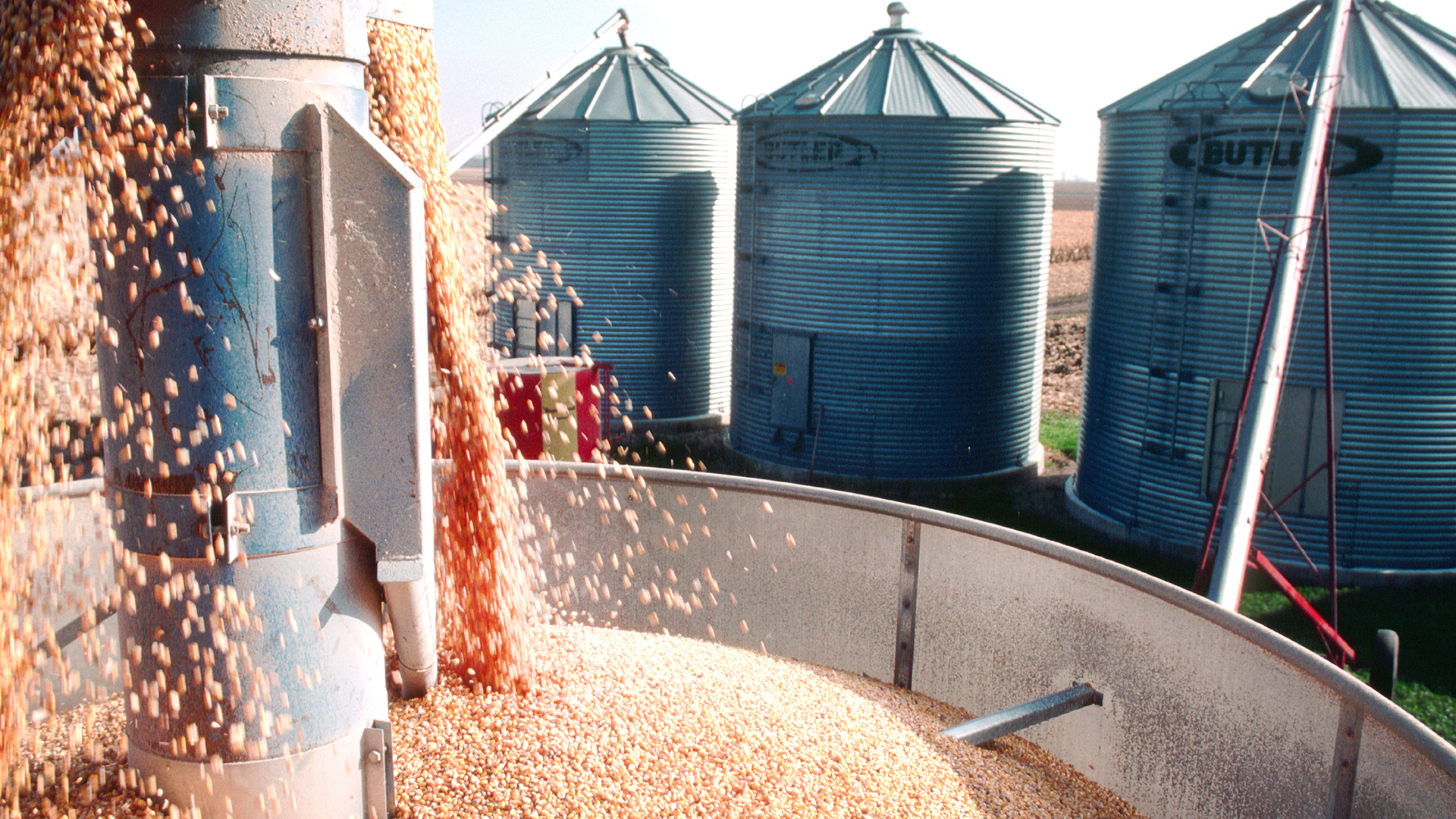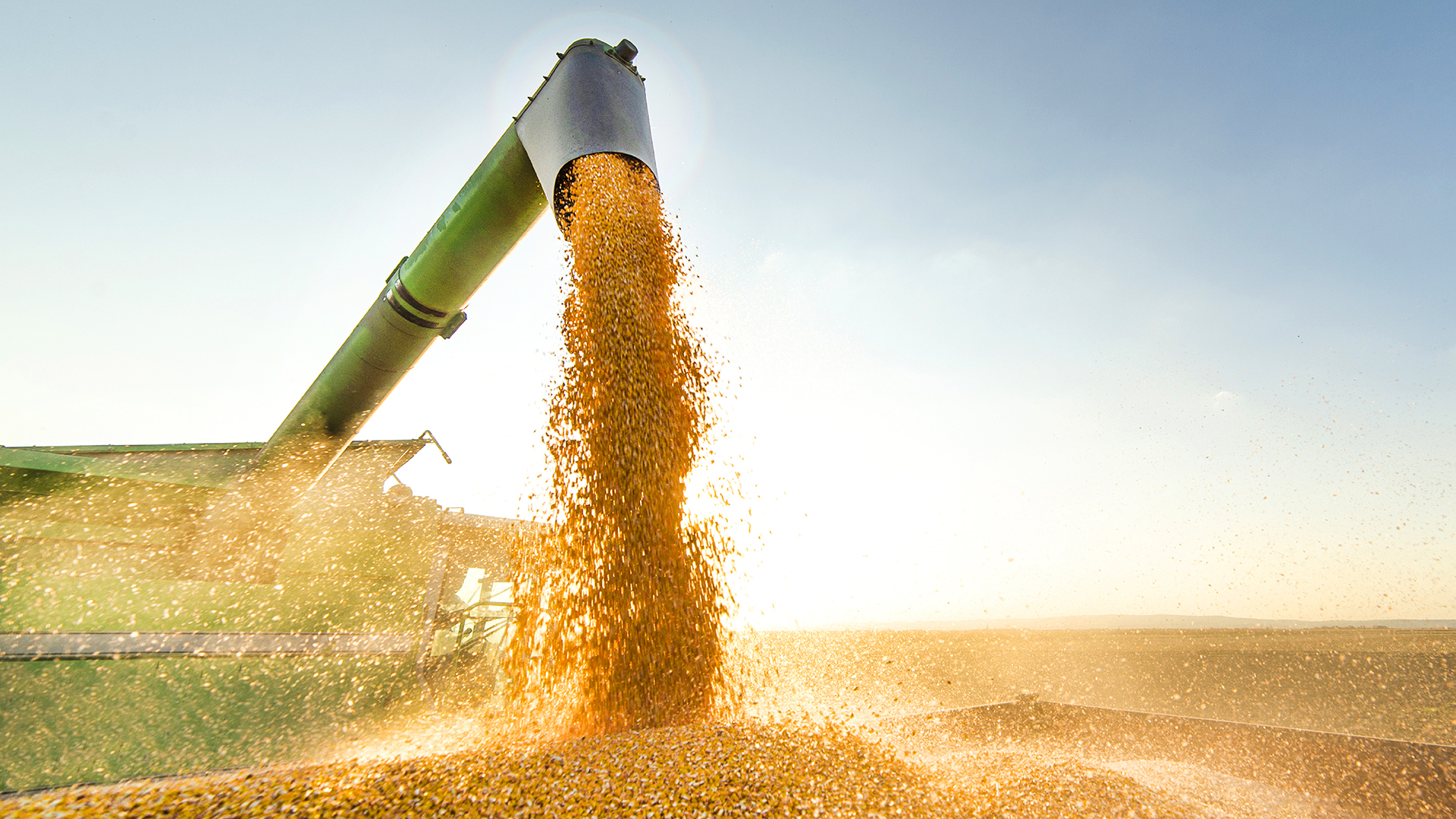
Grain Entrapment Hazards: How to Reduce Your Risk
By Alliant
In the grain handling industry, grain bin entrapment in confined spaces is a real danger. When a grain storage facility empties, it creates a funnel-shaped flow pattern that can bury a person to the waist in fewer than 10 seconds. A trapped worker could be completely buried in less than one minute, and escape is difficult—if not impossible—because there is no stability while surrounded by moving grain.
Though grain entrapment deaths have decreased recently, many accidents could have been avoided by practicing common sense.
Grain Entrapment Safety Guidelines
Prevent grain entrapment by adhering to a few simple grain bin safety guidelines.
- Do not enter a grain bin, silo or tank without proper personal protective equipment (PPE). These environments can present serious respiratory problems.
- Follow proper safety procedures when entering a bin, silo or tank, including obtaining a confined space entry permit from your employer that ensures you understand the safety procedures. The confined space entry permit will be issued as sparingly as possible to encourage you to perform the required job by alternate means whenever possible.
- Do not enter a bin, silo or tank while grain is flowing and/or equipment is running and always double-check that the equipment is off.
- Do not enter a bin or silo if there is a possibility the grain could be bridged. Bridging occurs when the ground appears to be solid grain, but there is actually empty space just under the surface and the grain makes a bridge over the void.
- Use an object to break up the surface of the grain before entering.
- Do not enter a bin, silo or tank where there is a buildup of grain products on the sides of the space that could fall or bury you.
- Be sure equipment is disconnected, blocked off, locked or tagged before entering confined space. This includes all electrical, pneumatic and hydraulic energy sources that could present a danger to you in confined space. Always double-check that all equipment is off.
- Always have an observer stationed outside the structure when you enter. This observer should be in constant communication with you and be able to provide assistance if something goes wrong.
Grain Entrapment Safety Training
Before any bin-entry activities can occur, OSHA requires training for the specific hazardous work operations employees are to perform. Employees need to understand the hazards of grain entrapment, equipment shut-down and lock-out procedures, air testing and how to properly tie off when entering above grain that can engulf.
For More Information, Contact:
Lee Tilleman
Vice President
Alliant Agribusiness
Email
Read More Grain Bin Safety Week Resources
Alliant note and disclaimer: This document is designed to provide general information and guidance. Please note that prior to implementation your legal counsel should review all details or policy information. Alliant Insurance Services does not provide legal advice or legal opinions. If a legal opinion is needed, please seek the services of your own legal advisor or ask Alliant Insurance Services for a referral. This document is provided on an “as is” basis without any warranty of any kind. Alliant Insurance Services disclaims any liability for any loss or damage from reliance on this document.




